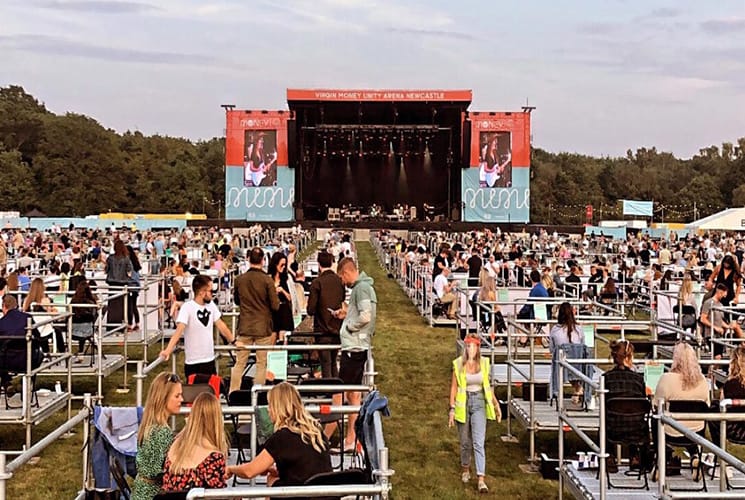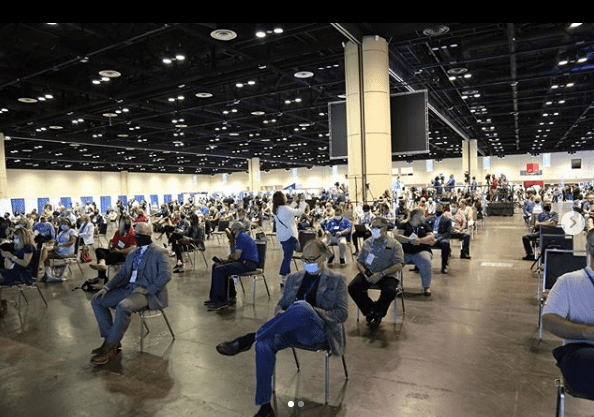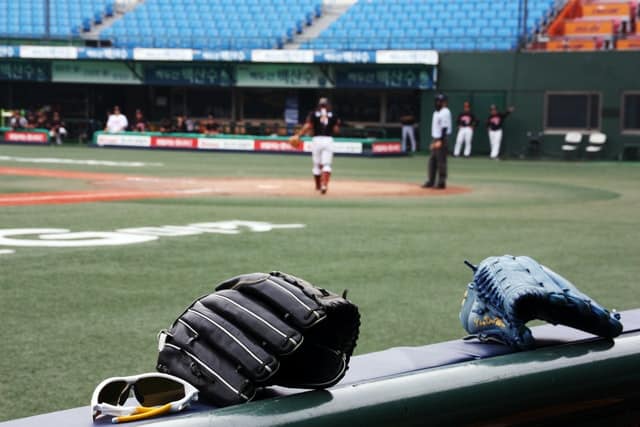
Three recent happenings offer a glimpse into the future of large events in the COVID era.
Wondering what the future of large events will look like in COVID times? Check out these examples.
U.K.’s First Socially Distanced Concert
The Virgin Money Unity Arena, a new pop-up venue and the U.K.’s first socially distanced concert venue, drew 2,500 fans to a Sam Fender concert last week—for what organizers described as the UK’s first socially distanced concert. Other musicians including Van Morrison are set to play the venue later this year.
Together Again Expo

The Orange County Convention Center in Orlando hosted the Together Again Expo in late July with 1,400 live event participants and 8,225 virtual attendees—setting the stage for restarting meetings during the pandemic. The event’s organizer, Alliance Nationwide Exposition, provides COVID-19 testing at live events nationwide.
The hybrid event allowed attendees and speakers to either participate on-site or virtually.
“We listened to our customers and attendees,” said Mark Yuska, founder and president of Alliance Nationwide Exposition. “They want to get back to live events as soon as possible, and they wish to do so in a safe and responsible way.”
South Korean Baseball

South Korea just allowed baseball fans to return to the stands, as health authorities outlined a phased process to bring back spectators for other professional sports as well, including professional soccer and golf tournaments.
Only 10 percent of the seats are sold for each game to enforce social distancing. Fans are screened for fevers and required to sit apart and wear masks. They are also banned from eating food and drinking beer, and discouraged from excessive shouting, singing and cheering. Fans are registered via smartphone QR codes so they can be located if needed.
You Might Also Be Interested In
EIC Offers Best Practice Guide










